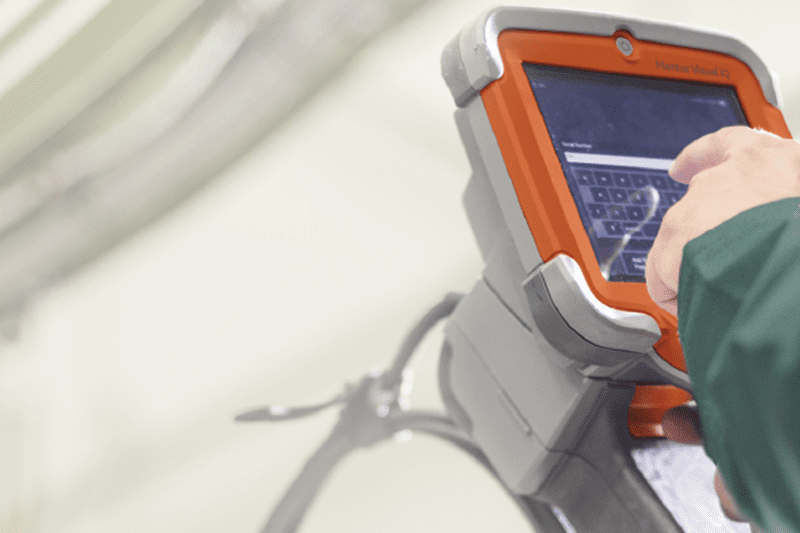RVI Takes The Guesswork Out Of Inspections
Visual inspection can be broadly classified into two categories; direct and remote.
Visual inspection can be broadly classified into two categories; direct and remote.
Inspection using borescopes can be classified under direct visual inspection, and inspection using fiberscopes and videscopes under Remote Visual Inspection or RVI.
Direct visual inspection is becoming more limited in comparison to the more agile applications of RVIs that are available to companies and industries globally.
For instance, if you wanted to inspect and test the fabric that was used for making shade sails, you’d use direct visual inspections.
State-of-the-art RVI technology allows remote inspections in inaccessible areas such as the turbine blades in aircraft engines. Before the invention of RVI, these could not be performed using traditional rigid borescopes.
With the introduction of fiberscopes and videoscopes however, visual inspection of the turbine blades became a possibility.
This has helped the aerospace industry no end.
Instead of having to ground a plane that may have had a cracked engine shaft or blade, the inspector can be 100 per cent sure that it’s only possibly a grease mark; the aircraft doesn’t need any downtime therefore the airline saves money.
There is little doubt that advancements in RVIs are making the industry better equipped and far more productive to deal with any inspection challenges that are thrown at them.
This means less guesswork and more efficiency; two things every industry needs more of.
To find out more about our range of RVI equipment, get in contact today.
